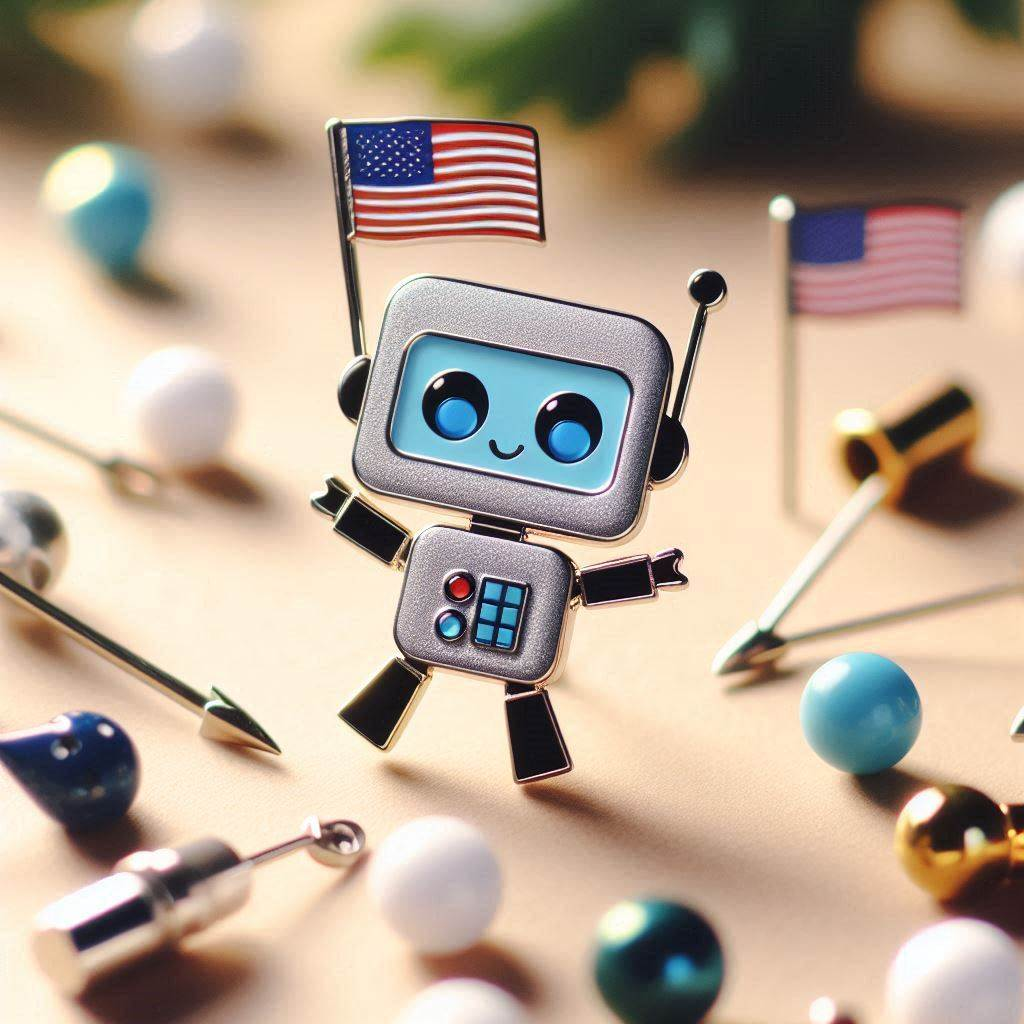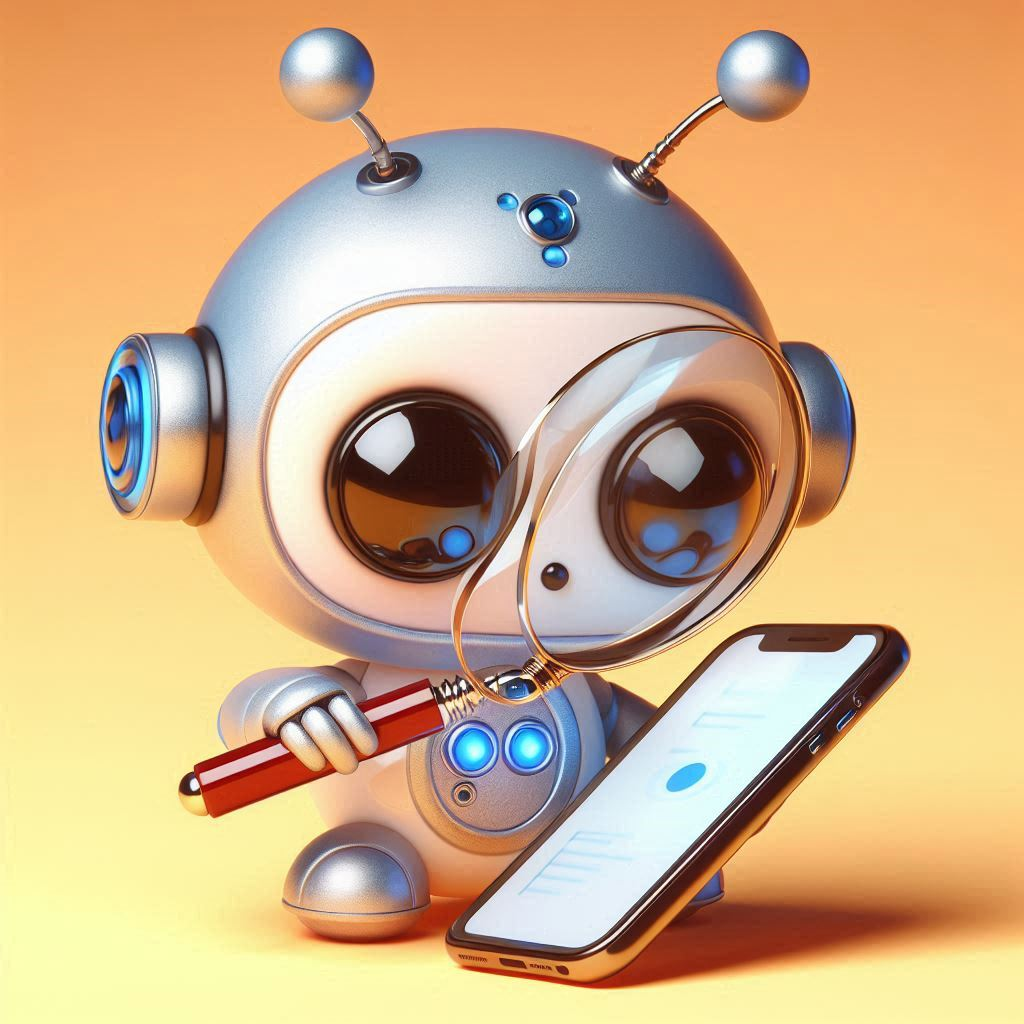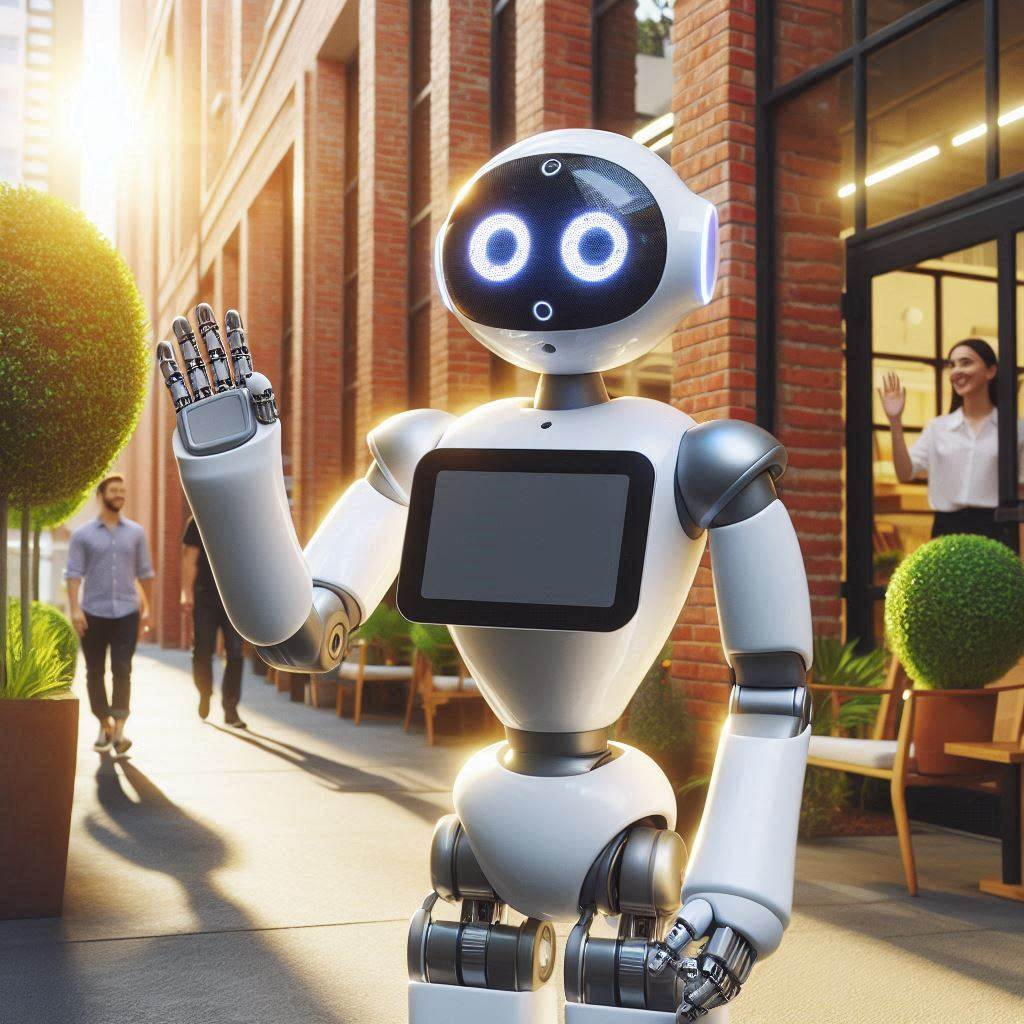Rabbit R1 Limited Functionality Analysis
In the rapidly evolving world of technology, the Rabbit R1 and the Humane AI Pin are two new devices attempting to replace smartphones with voice-command systems. Both devices aim to simplify interactions by eliminating traditional apps and relying on voice input. However, their limitations and questionable viability have garnered significant attention and criticism from tech enthusiasts and analysts.

The Rabbit R1, priced at $200, presents itself as a smartphone replacement with minimal functionality. It runs on the Android Open Source Project (AOSP), the open-source foundation of Android, without any proprietary Google code. Essentially, the Rabbit R1’s software is just a limited Android app that can be installed on any Android phone, as demonstrated by Mishaal Rahman from Android Authority. Rahman managed to run the Rabbit R1 software on a Pixel 6, revealing that the device’s AI assistant could answer questions on the phone, undermining Rabbit Inc.’s claims of a unique, bespoke system.
Rabbit Inc.’s response to Rahman’s discovery was notably defensive. The company expressed its displeasure on social media, emphasising that unofficial Rabbit OS apps or emulators would not access their services without the proper OS and Cloud endpoints. They threatened legal action against what they deemed malicious and illegal cybersecurity activities. Despite their attempt to present the Rabbit R1 as a groundbreaking innovation, the reality is that it relies heavily on existing Android infrastructure, a practical decision given AOSP’s capabilities in managing mobile hardware efficiently without Google’s involvement.
Similarly, the Humane AI Pin, retailing at a steep $700, promises to replace smartphones with a screenless, voice-controlled assistant. The AI Pin has a microphone, speaker, camera, and a 720p laser projection system that projects a minimal UI onto the user’s hand. Despite its claims of being screenless, this laser projector functions as a basic monochrome display. The device’s reliance on hand gestures and voice commands for interaction is reminiscent of the Star Trek communicator, but the lack of traditional apps and reliance on Humane’s proprietary “Cosmos” OS severely limits its functionality.
The AI Pin’s presentation at launch left many unimpressed. The device does not support any apps, meaning users are confined to the features and services built into the Cosmos OS. For example, music playback is limited to Tidal, a service with a minimal market share. The AI Pin’s approach to notifications and interactions involves a complex system of lights and gestures, which can be confusing and cumbersome compared to the straightforward touch screens of smartphones.
The AI Pin also features a camera, which raises privacy concerns. Mounted at chest level, it constantly points at people, evoking memories of the backlash faced by Google Glass for similar reasons. Despite the inclusion of a “Trust light” to indicate when the camera is recording, the inherent discomfort of being constantly surveilled remains a significant drawback.
Hardware-wise, the AI Pin uses an unspecified Qualcomm processor, 4GB of RAM, and 32GB of storage. It attaches to clothing with a magnetic clip, and an additional battery booster provides extra power. The always-on T-Mobile connection required for the device costs $24 per month, adding to the already high price. This subscription is necessary for accessing voice and AI processing services, as the AI Pin relies heavily on cloud computing for its functionalities.
The AI capabilities of the AI Pin, powered by OpenAI, allow for advanced voice functionalities like summarising unread messages and searching through them. While these features sound impressive, they are limited by the lack of app support, restricting their usefulness to the few compatible services. Dictating messages and using commands like “Make me sound more excited” can be convenient, but again, the lack of integration with popular messaging apps is a significant limitation.
The AI Pin’s laser projection system is another intriguing feature. It projects a smartwatch-like UI onto the user’s hand, but the interface is extremely minimalistic. The resolution is high, but the UI design suggests concerns about visibility, resulting in large, simple graphics. Interaction is achieved through hand gestures detected by the camera, adding another layer of complexity to the user experience.
Ultimately, both the Rabbit R1 and the Humane AI Pin illustrate the challenges of creating a viable smartphone alternative. While the use of AOSP in the Rabbit R1 is a sensible choice from a technical perspective, the device’s limited functionality and poor battery life undermine its potential. The Humane AI Pin’s innovative features, like the laser projector and advanced voice commands, are overshadowed by its high price, subscription costs, and lack of app support.
In a market where app ecosystems play a crucial role in the success of devices, the decision to forego traditional apps seems like a step backward. The Rabbit R1 and the Humane AI Pin offer interesting glimpses into possible future directions for mobile technology, but their current iterations fall short of providing practical and compelling alternatives to smartphones. As these devices face the harsh realities of consumer expectations and technological limitations, their future remains uncertain, likely to fade into obscurity unless significant improvements are made.
Ultimately, both the Rabbit R1 and the Humane AI Pin illustrate the challenges of creating a viable smartphone alternative. While the use of AOSP in the Rabbit R1 is a sensible choice from a technical perspective, the device’s limited functionality, poor battery life, and inability to offer a compelling experience beyond what a regular smartphone provides undermine its potential. Despite the innovative intent, the Rabbit R1’s reliance on existing Android infrastructure without substantial enhancements makes it difficult to justify its place in a crowded market. The frustration from Rabbit Inc. regarding unauthorised emulations of their software only highlights the device’s vulnerability and the lack of uniqueness in its offering.
The Humane AI Pin, on the other hand, tries to innovate with features like a laser projection display and advanced voice commands. These features sound revolutionary on paper, but their practical application is hampered by significant drawbacks. The high price point of $700, coupled with the mandatory $24 monthly subscription for T-Mobile connectivity, sets a high entry barrier. Additionally, the decision to operate without traditional apps restricts the device’s utility, confining users to a very narrow range of functionalities. The reliance on hand gestures and complex light signals further complicates user interaction, making it less intuitive than the touch-based interfaces users are accustomed to.
Furthermore, the AI Pin’s camera, constantly pointing at the surroundings, raises substantial privacy concerns. The lessons from Google Glass’s reception show that integrating cameras into wearable tech requires careful consideration of user comfort and public perception. Despite Humane’s efforts to mitigate these concerns with a “Trust light,” the inherent discomfort remains a significant hurdle. The potential for advanced voice functionalities, powered by OpenAI, is promising, but the lack of integration with widely used apps and services limits their practicality. The voice commands may offer a futuristic experience, but without broader app support, they fall short of meeting everyday user needs.
The AI Pin’s laser projection system, while an exciting innovation, also faces challenges. The minimalistic UI, though designed to ensure visibility, fails to leverage the full potential of the high-resolution projector. The interaction method through hand gestures, although novel, can be perceived as cumbersome and less efficient compared to the straightforward touch interactions of smartphones and smartwatches. The promise of a hands-free experience is undermined by the practical difficulties in navigating and using the device effectively.
In a market where app ecosystems are crucial for the success of devices, the decision to forego traditional apps seems like a significant misstep. Smartphones have thrived not just because of their hardware but due to the extensive range of apps that cater to every conceivable need. The app ecosystems provide a seamless integration of services, entertainment, productivity tools, and more, making smartphones indispensable. By ignoring this critical aspect, both the Rabbit R1 and the Humane AI Pin limit their appeal and functionality.
While the intent behind these devices is to push the boundaries of current technology and rethink the smartphone paradigm, their execution falls short. They highlight the importance of balancing innovation with practicality. Users are looking for devices that not only introduce new features but also integrate seamlessly into their daily lives, providing a blend of convenience, functionality, and reliability.
The Rabbit R1 and the Humane AI Pin offer interesting glimpses into possible future directions for mobile technology, challenging the dominance of app-centric smartphones. However, their current iterations do not provide compelling reasons for users to switch from their established devices. To truly revolutionise the market, future iterations of such devices need to address the practical shortcomings, enhance usability, and perhaps reconsider the dismissal of app ecosystems. Only by meeting these challenges head-on can these devices hope to gain traction and avoid fading into obscurity.
As the tech world continues to evolve, it remains to be seen whether such devices can overcome their initial shortcomings and carve out a niche for themselves. The potential for innovation in mobile technology is immense, but it requires a careful balance of creativity, practicality, and user-centric design. The Rabbit R1 and the Humane AI Pin serve as reminders that while breaking away from the norm is essential for progress, it must be done with a keen understanding of user needs and market realities. For now, these devices stand as ambitious yet flawed attempts at redefining mobile technology, with much to learn and improve upon in future endeavours.
for all my daily news and tips on AI, Emerging technologies at the intersection of humans, just sign up for my FREE newsletter at www.robotpigeon.be






